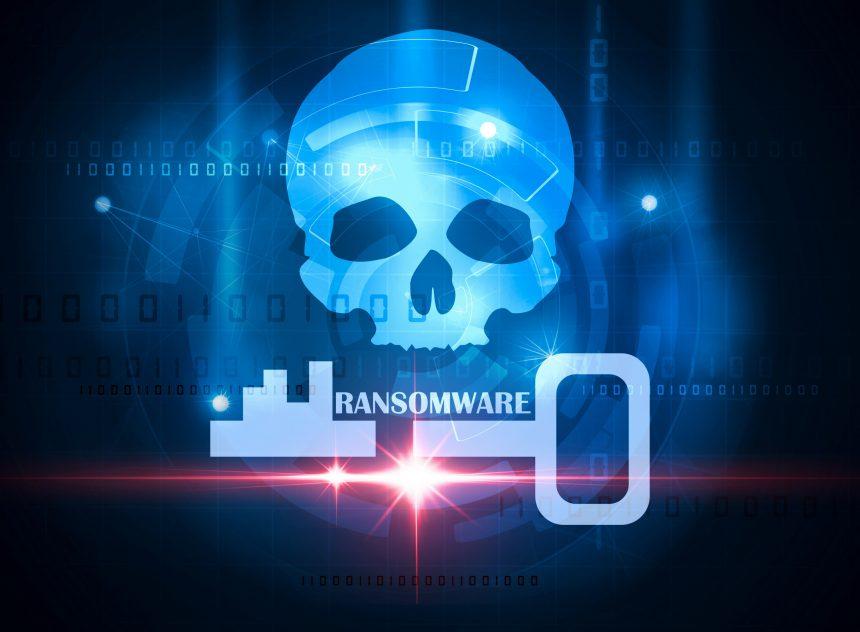The Qilin Ransomware, which was initially called Agenda, caught the attention of the cybersecurity community during July and August of 2022. The early versions were created using Golang but later switched to Rust for development.
According to a report from May 2023, Qilin operates under a Ransomware-as-a-Service (RaaS) model, directing 80% to 85% of each ransom payment to its affiliates. Recent attacks linked to this ransomware have changed focus, now targeting the extraction of credentials saved in Google Chrome on specific compromised systems, marking a departure from the typical double extortion strategies.
Understanding Qilin Ransomware: How It Works and Its Impact
Qilin Ransomware is a dangerous form of malware that follows the usual ransomware modus operandi: it infiltrates a system, encrypts valuable files, and leaves a ransom note demanding payment in exchange for a decryption key. Belonging to the family of file-encrypting ransomware, Qilin uses advanced encryption algorithms to make it nearly impossible to recover data without paying the ransom. This particular malware spreads through phishing emails, malicious downloads, and compromised websites.
Remove annoying malware threats like this one in seconds!
Scan Your Computer for Free with SpyHunter
Download SpyHunter now, and scan your computer for this and other cybersecurity threats for free!
Once Qilin Ransomware successfully installs itself on a system, it runs several harmful tasks that include:
- File Encryption: The ransomware scans the infected device for specific file types, such as documents, images, videos, and databases, and encrypts them using a strong encryption algorithm. The encrypted files are then renamed with a unique extension, for example, changing “example.docx” to “example.docx.Qilin.”
- System Alterations: After encrypting files, Qilin makes modifications to the system to prevent recovery attempts, often disabling recovery options or tampering with system backups.
- Ransom Note Creation: The malware drops a ransom note in each affected directory and on the desktop, informing the victim of the encryption and instructing them on how to pay the ransom.
The ultimate consequence of a Qilin infection is severe data loss. Without a backup or decryption key, encrypted files are essentially inaccessible, forcing victims to consider paying the ransom, which can be financially devastating and offers no guaranteed recovery.
Analyzing the Qilin Ransom Note and Its Significance
Once Qilin has finished encrypting files, it leaves a ransom note—usually in a “READ_ME.txt” file—explaining the victim’s situation. The note typically includes:
- Ransom Demand: Instructions to pay a certain amount, often in cryptocurrency, to an anonymous wallet.
- Deadline and Threats: Warnings that failure to pay within a specific timeframe may result in permanent data loss or an increase in ransom.
- Contact Information: Details on how to communicate with the attackers, usually through secure messaging services.
Symptoms of a Qilin Ransomware Infection
If Qilin Ransomware infects a device, users may notice these warning signs:
- Unusual File Extensions: Files display a new extension (e.g., “.Qilin”), signifying encryption.
- Sluggish System Performance: Qilin can slow down a computer as it encrypts files.
- Inability to Access Files: Attempts to open encrypted files will trigger error messages or prevent access.
- Ransom Note Display: A ransom note appears on the desktop and within affected folders, detailing ransom payment instructions.
Detection Names for Qilin Ransomware
Various antivirus programs may label Qilin Ransomware differently. Here are some common detection names for this threat:
- Trojan.Ransom.Qilin
- Ransom.QilinGen
- QilinRansomFileEncoder
- FileCryptor.Qilin
Similar Threats to Be Aware Of
Other ransomware variants that employ similar encryption tactics include:
- Ryuk Ransomware: Known for targeting large organizations with substantial ransom demands.
- LockBit Ransomware: Another notorious strain, recognized for its rapid encryption process.
- STOP/DJVU Ransomware: Often infects individual users and is spread through malicious downloads.
Comprehensive Qilin Ransomware Removal Guide
Remove annoying malware threats like this one in seconds!
Scan Your Computer for Free with SpyHunter
Download SpyHunter now, and scan your computer for this and other cybersecurity threats for free!
Step 1: Disconnect from the Network
To prevent further data loss or encryption, disconnect the infected computer from the network immediately.
Step 2: Reboot in Safe Mode
- Restart the computer and press the F8 key repeatedly.
- Select Safe Mode with Networking from the list.
Step 3: Scan with SpyHunter
- Download SpyHunter, an anti-malware tool designed to detect and remove Qilin Ransomware.
- Install SpyHunter and run a full system scan. SpyHunter will detect the malware, and you can use its removal tool to delete Qilin and related files.
Step 4: Remove Residual Files and Registry Entries
- Open the Task Manager and end processes associated with Qilin.
- Open Registry Editor by typing regedit in the Run dialog (Win + R).
- Search for entries linked to Qilin (such as files in Temp folders) and delete them, but exercise caution not to remove essential system files.
Step 5: Restore Encrypted Files
If you have backup copies, recover encrypted files by restoring from the backup. Avoid relying on decryption tools unless they are from verified sources, as unapproved decryption software may damage files further.
Prevention Tips to Avoid Future Infections
To minimize the risk of Qilin Ransomware or similar threats:
- Back-Up Data Regularly: Store copies of essential files offline.
- Install Security Software: Use a reliable anti-malware solution like SpyHunter to scan regularly.
- Avoid Suspicious Emails and Links: Phishing is a primary means of ransomware distribution.
- Update Software and Patches: Ransomware exploits vulnerabilities in outdated software.
- Enable Firewall Protection: Configure firewall settings to block malicious programs.
Conclusion
Qilin Ransomware presents a significant risk to both personal and corporate data, leveraging strong encryption to lock critical files and demand ransoms. By following the above detection, removal, and prevention guidelines, you can protect your system and recover from a ransomware attack. To ensure your system’s continued security, download SpyHunter and run a full system scan to identify and remove Qilin Ransomware effectively.





